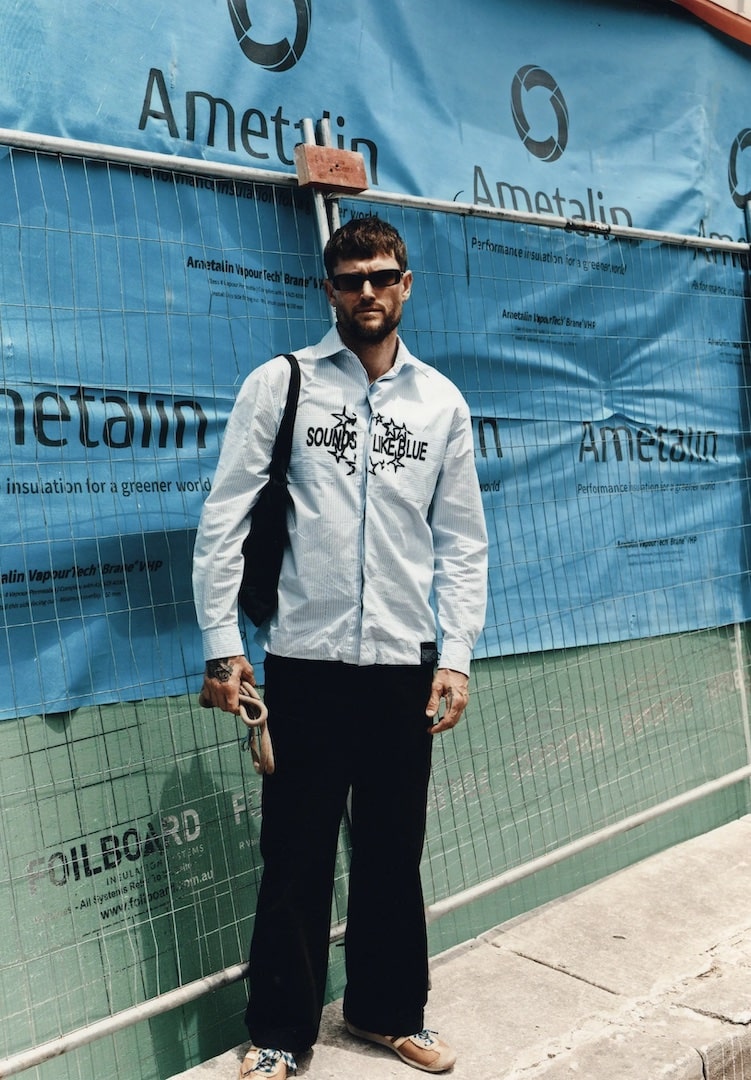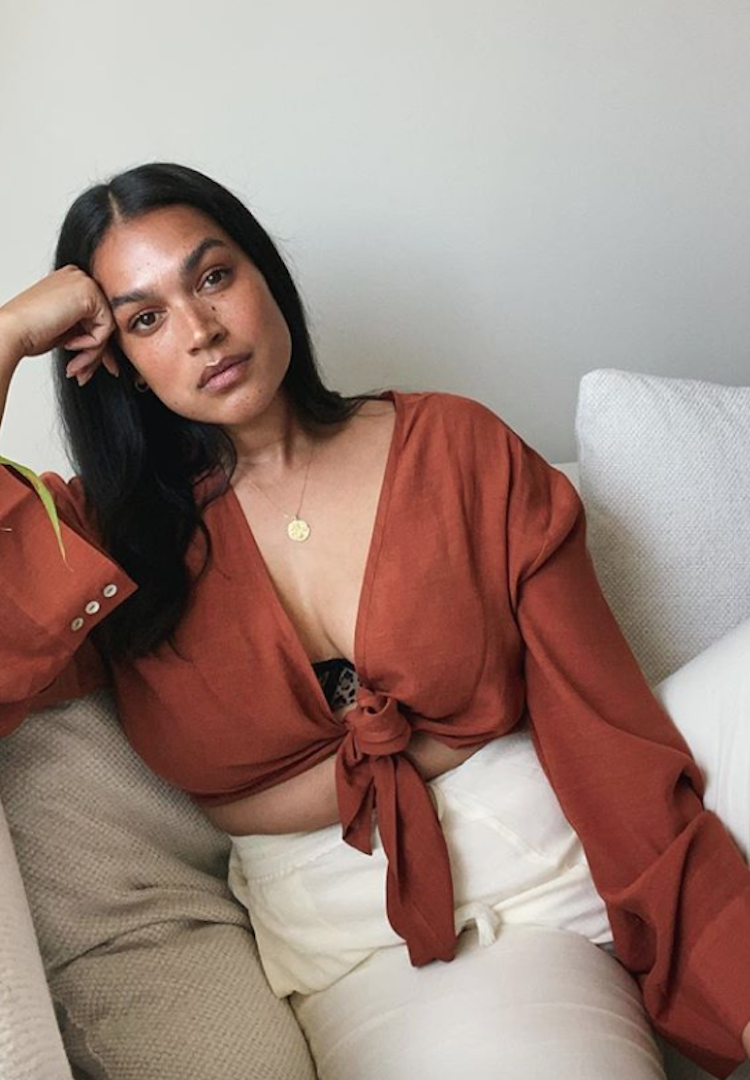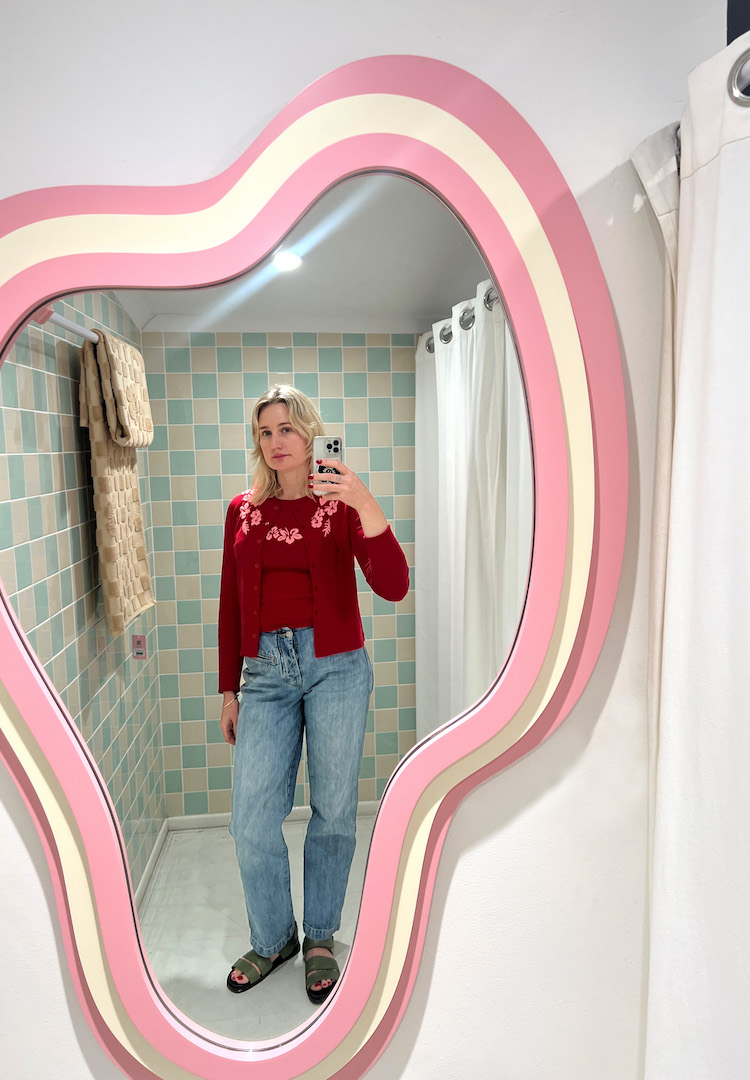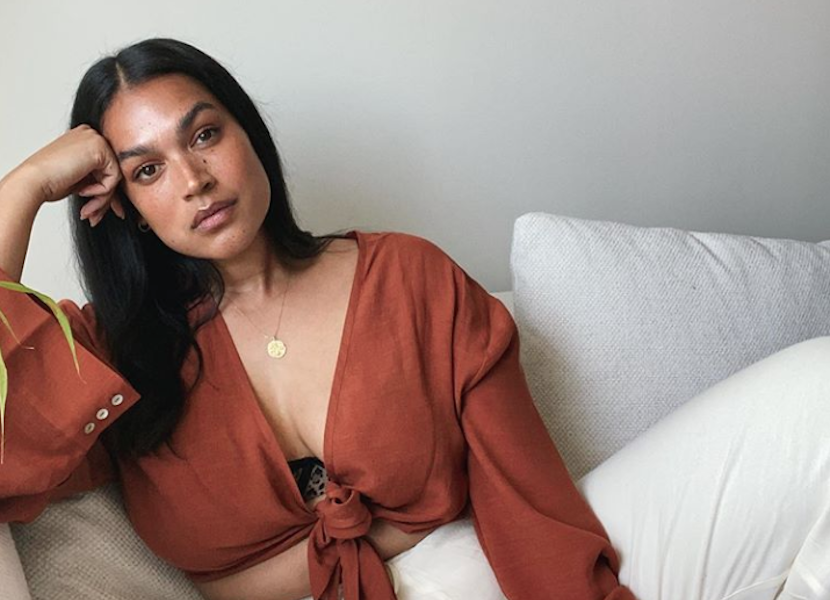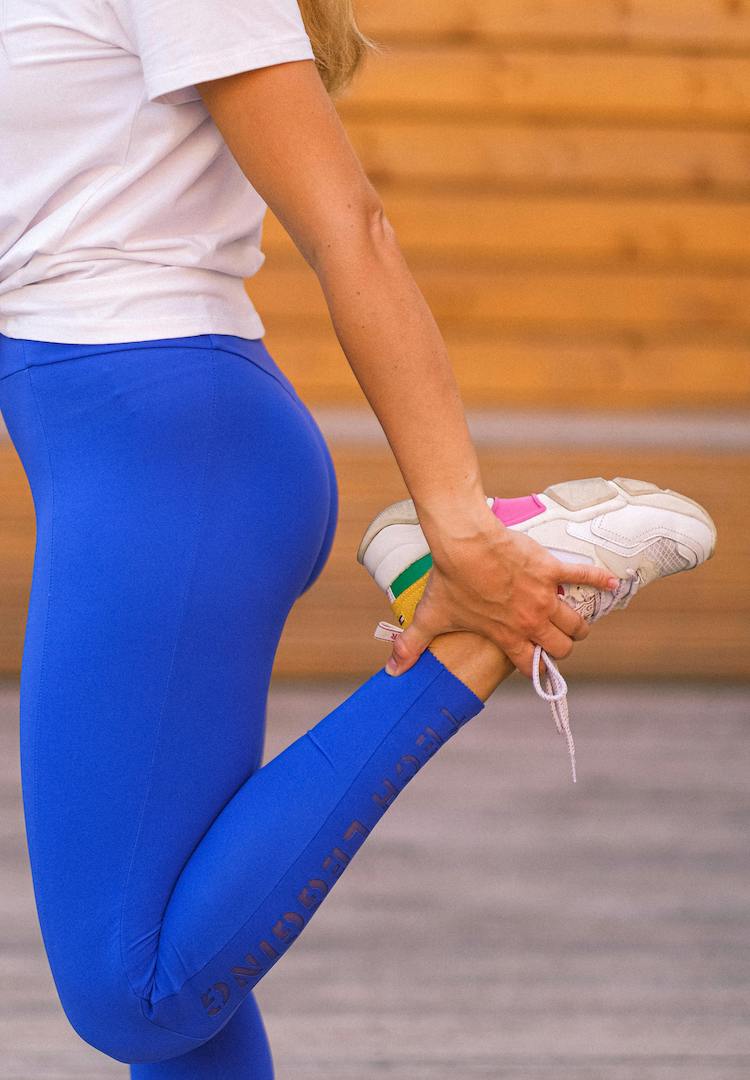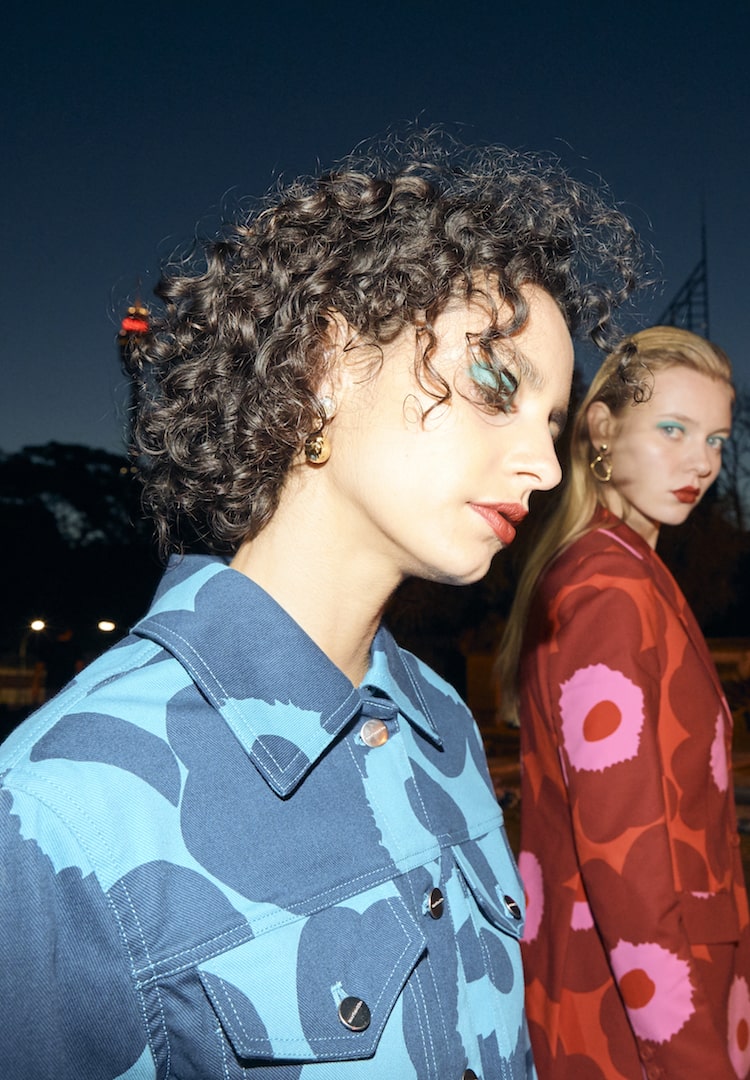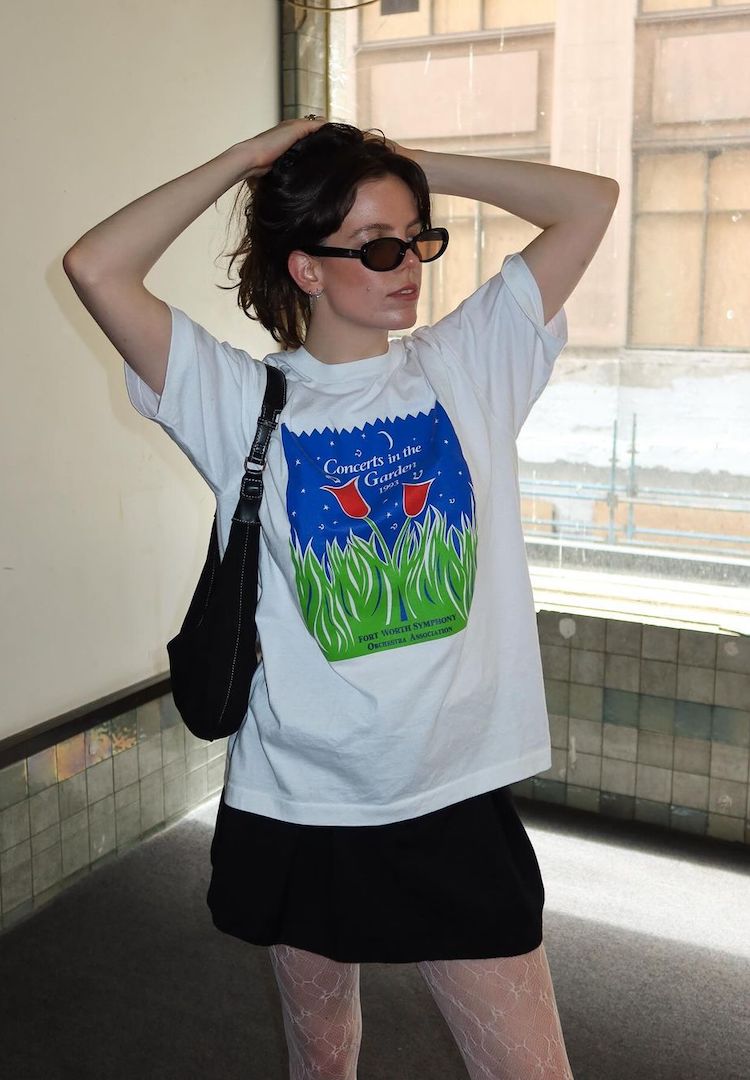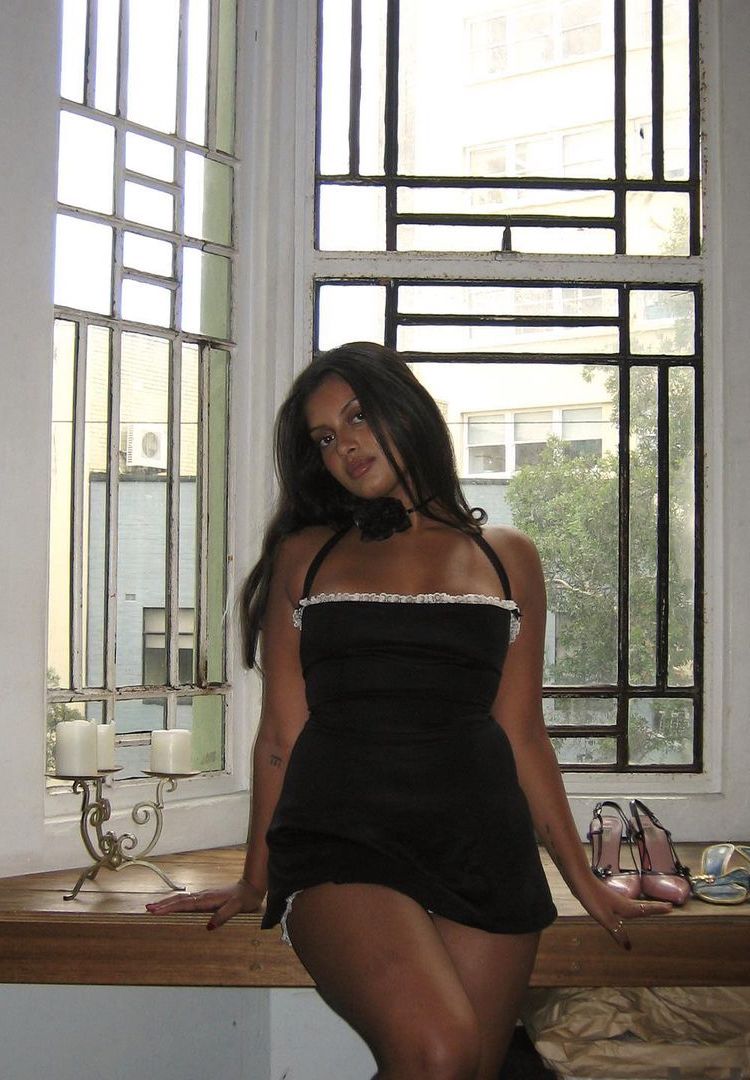Why am I excluded from wearing sustainable fashion?
IMAGES VIA CHRISTIAN SIRIANO, BLAIR GETZ MEZIBOV, ADRIAN PRICE AND JENNIFER ATILEMILE
WORDS BY JENNIFER ATILEMILE
Australian model Jennifer Atilemile on sustainable fashion’s aversion to size inclusivity.
Last year I attended several panel discussions, both in the United States and Australia, about the future of inclusivity and sustainability in the fashion industry. One thing was made clear: currently, the two are mutually exclusive. On my journey to be a better consumer, I’ve found that sustainable fashion generally excludes women over a size 12, especially in Australia.
As a woman and a model who wears an Australian size 14 to 16, I am what the industry considers ‘plus-size’. So when it came time for me to attend another of these industry events, I thought, ‘Why not choose an Australian designer to wear and celebrate local talent rather than a US-based designer?’.
For more fashion news, shoots, articles and features, head to our Fashion section.
I found it extremely disheartening. Even when we have supposedly made leaps and bounds when it comes to inclusive sizing, I still struggled to find a good quality Australian designer outfit to wear.
It left me puzzled, because if I’m struggling to find something as a size 14 to 16, what about all the other women out there? The average Australian woman is a size 16, yet most of the iconic Australian designers stop at a size 12, maybe a 14 if you’re lucky. Then there’s an even smaller handful that makes up to a size 16.
At this event, I raised the issue. I want to be able to shop sustainably, but I can’t. Sadly, sustainable fashion is closely interrelated with size, with a clear lack of size diversity when it comes to sustainable options.
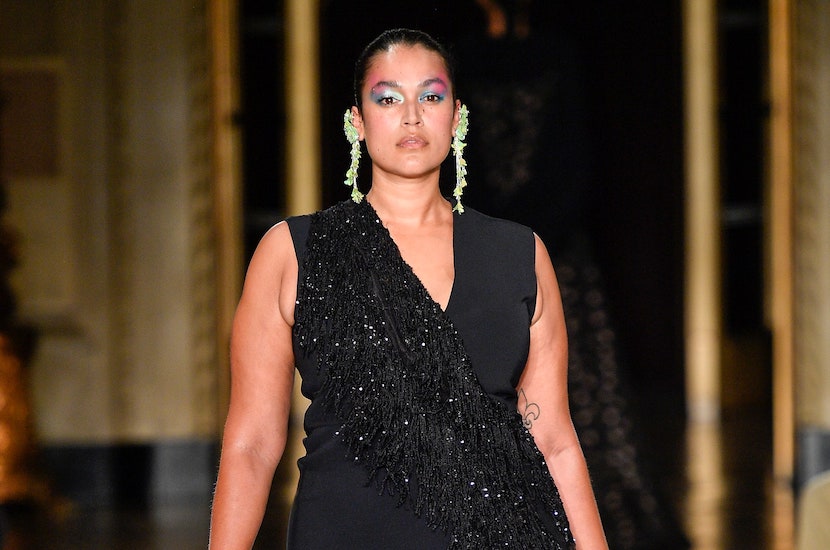
Jennifer walking the runway for Christian Siriano S/S19
So, what exactly is sustainable fashion? It’s a buzzword that has gained popularity over the past few years (rightly so), but sustainable fashion isn’t just about using a few natural or organic fibres in your new range and issuing a press release about how your brand has pivoted to meet the demands of consumers that are purchasing more consciously than ever before.
Indeed, there isn’t one universally agreed-upon definition of what sustainable fashion actually is. Therefore, for the purpose of this piece, sustainable fashion can be defined as ‘clothing, shoes and accessories that are manufactured, marketed and used in the most sustainable manner possible, taking into account both environmental and socio-economic aspects’.
In recent years the discussion around fashion has generally been one about diversity, with consumers wanting to see themselves represented in advertising campaigns and people with any shape or sized body having the option to shop anywhere they please.
As a result, we saw the rise of fast-fashion houses creating on-trend fashion pieces that mimicked designs worn by celebrities and influencers on the red carpet. They were suddenly made available en-masse almost immediately to a demographic of consumers that had never usually been able to access that kind of ‘trend piece’.
It was great, empowering even. Finally, clothes not just modelled on fat bodies, but clothes for fat bodies, that weren’t the oversized sacks we had been sold in the past, the implied message being that we should hide our bodies because we should be ashamed of our size.
But in 2013, the dirty side of the fashion industry was exposed after the Rana Plaza factory collapse in Bangladesh that killed 1,134 people and injured more than 2,500 others.
It became apparent that a lot of this clothing made in inclusive sizes that had finally empowered women around the world to ‘love the skin they are in’, was made by women exposed to sexual violence and harassment in the workplace who made well below a minimum wage.
In an article for the New York Times, Kalpona Akter, executive director of the Bangladesh Center for Worker Solidarity, explained that “Cheap clothes are not cheap. Someone always has to pay for them. And that someone is a worker.”
Thus, sustainable fashion was no longer just about creating garments from eco-friendly fabrics it was the industry as a whole that needed an overhaul. In the seven years since Rana Plaza, there has been a notable increase in the levels of transparency between brands and consumers along the supply chain due to pressure coming from the woke consumer and not-for-profit organisations like Fashion Revolution and Re/make Our World.
These organisations have yearly campaigns, like Fashion Revolution Week, where consumers are asked to put pressure on our favourite brands and fashion houses to demand to know who made our clothes and under what kinds of working conditions.
Re/make has a month-long pledge to shop sustainably and provides a number of resources as to why we need to break up with fast fashion. These are all brilliant resources and initiatives, and make a lot of sense for the environment and empowerment of women, especially given that 80 per cent of garment workers worldwide are women.
But for anyone above a size 16, it’s almost impossible to cut out fast fashion completely, because what else do you wear? The quest to find a truly sustainable brand is challenging because, at the end of the day, all brands want to cut costs in order to make the maximum profit. But this comes at a cost.
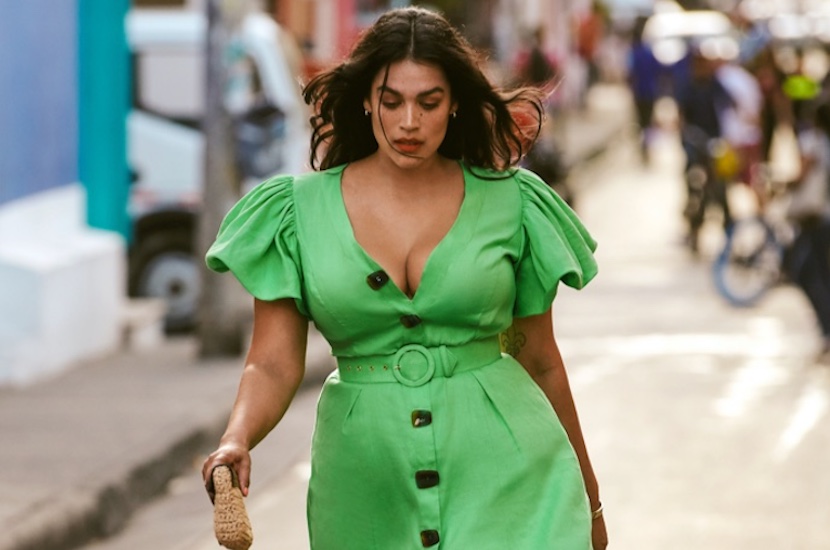
Jennifer in the Spring 2020 campaign for American department store Bloomingdales, wearing Nicholas the Label
In recent weeks, the fashion industry has once again been exposed as being exploitative, this time the focus has been on the systemic racism and in some cases modern-day slavery that exists in the garment supply chain. When we talk about sustainability moving forward, we must look beyond brands just using organic dyes and cotton.
I’m fortunate that I now base myself out of New York, and the selection I have for sustainable clothing (and clothing in general) made over a size 14 is much better than my options in Australia. I believe we shouldn’t boycott or cancel brands that don’t sell our size because that too has a flow-on effect on the supply chain. Instead, we can collectively ask them to do better.
A couple of years back Ashley Graham walked the runway for several Australian designers at Melbourne Fashion Festival. I know a lot of models like myself in the industry were very excited at the possibility of local designers extending their sizing, not just for the opportunity to be able to work with these designers in the future, but knowing that more women would have access to sustainably made clothing.
But when I reached out to those designers about their plans to extend sizing the response I received was underwhelming. I do admit the approach I took wasn’t the most diplomatic when it came to brand negotiations – I don’t think anyone likes being publicly blasted on Instagram – but it did start a conversation that I believe has led to a few mainstream Australian brands extending their sizing at an affordable price point for the plus-size woman.
Unfortunately, a lot of the feedback I get when I ask brands about whether they will extend their sizing is all too common. I get told that actually, they do stock my size (sometimes even up to an 18) but that it’s online only.
Sometimes I get told that the ‘Large size is actually a lot larger than you think, so you’ll probably be able to fit into it’. Another common response is, ‘This dress has a bit of stretch in it, so you should be able to squeeze into it’.
While the majority of these brand’s PR or salespeople are right, and I do fit into their largest size, it begs the question – what about the women that don’t? Because while I’m grateful I can fit into your largest size that has a bit of stretch, I want ethical clothing for all sizes from the get-go, that fits my body in all its glory.
Jennifer’s sustainable size-inclusive fashion recommendations
Australia
Khòlò
Nyata (starts at a size 8)
Dyspnea
Jason Grech
Harlow (starts at a size 12, but this is Jennifer’s pick for the best sustainable denim option in Australia)
Hara
US
You can keep up with Jennifer here.

